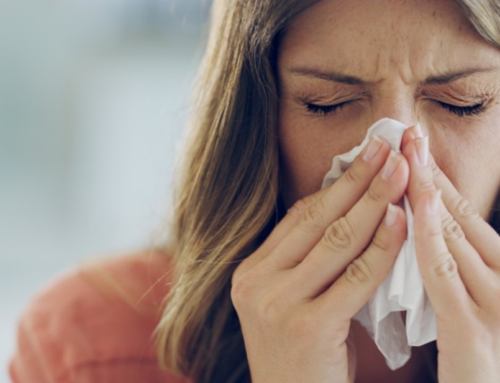Cumhuriyet Newspaper – January 13, 2020
The incidence of house dust mites increases frequently during the winter months. Pediatric Allergy and Chest Diseases Specialist Prof. said that approximately 20 thousand house dust microbes are seen in a gram of dust and 10 million house dust microbes are seen in a bed used for 5 years. Dr. Ahmet Akçay, “Recent studies have revealed that mites cause DNA damage in the lung. This damage negatively affects the repair capacity of the lung.” said.
Mite, known as house dust microbe, are frequently seen especially in winter and cause allergic diseases. One gram of house dust contains 20 thousand mites, 500 of which are live. In a bed used for 5 years, the number of mites reaches 10 million. Stating that mites are eight-legged, invisible insects found in house dust, Prof. Dr. Ahmet Akçay said, “Mite’s feces are especially allergic. These feces are generally known as dust allergies because they are accompanied by dust. They generally like humid areas, live in textile environments, and are in warm environments in winter. They feed on people’s skin and hair rashes.”
“NEGATIVE EFFECTS ON THE LUNG”
Explaining that house dust germs are mostly found in bedrooms and beds, Prof. Dr. Ahmet Akçay gave the following information:
“We see these, especially in cities with sea. The feces of mites rise into the air during cleaning and enter the lungs from the nose and mouth, that is, the body. It causes inflammation, which we call inflammation in the brooches of the lungs and the mucous membrane of the nose. As a result, it causes asthma and allergic flu. House dust mites have also been found in the lungs in recent studies. It has been revealed that this damage affects the repair capacity of the lung negatively. This causes asthmatic patients to worsen. This leads to more difficult treatment. At the same time, house dust mites damage the skin and cause exacerbation of eczema. The incidence of an allergy in a child with eczema “It is a thousand times more sensitive. This causes the development of asthma and allergic rhinitis in children in the future.”
THE MOST EFFECTIVE MEASURE ANTIALERGIC SHEATH
Underlining that the most effective method to prevent mites is the anti-allergic sheath, Prof. Dr. Akçay listed the measures to be taken as follows:
“You should use anti-allergic, not antibacterial covers. The feature of the covers is that the mites consist of holes that are too small to pass through the pores of the sheets due to their tight touch. For this reason, using anti-allergic covers ensures that the mattress, pillow and quilt are covered with them and the mites are trapped. If we imprison them, then it can be effective because wiping and cleaning them. It is not possible to destroy it with anti-allergic covers. It is necessary to put normal bedding on the anti-allergic covers. We also need to iron these linens at 60 degrees once a week. Unscented and low-odor detergents should be used. Fabric softener should not be used. Because children with asthma allergy also have odor sensitivity.
It is necessary to ventilate the house every day, to minimize textile products, not to use carpets and rugs in the room. If you are going to use a rug, a non-kids play mat can be used. Eliminate plush toys. It is necessary to close the textile products around in closed cabinets. The books in the library should be kept in closed cabinets.






